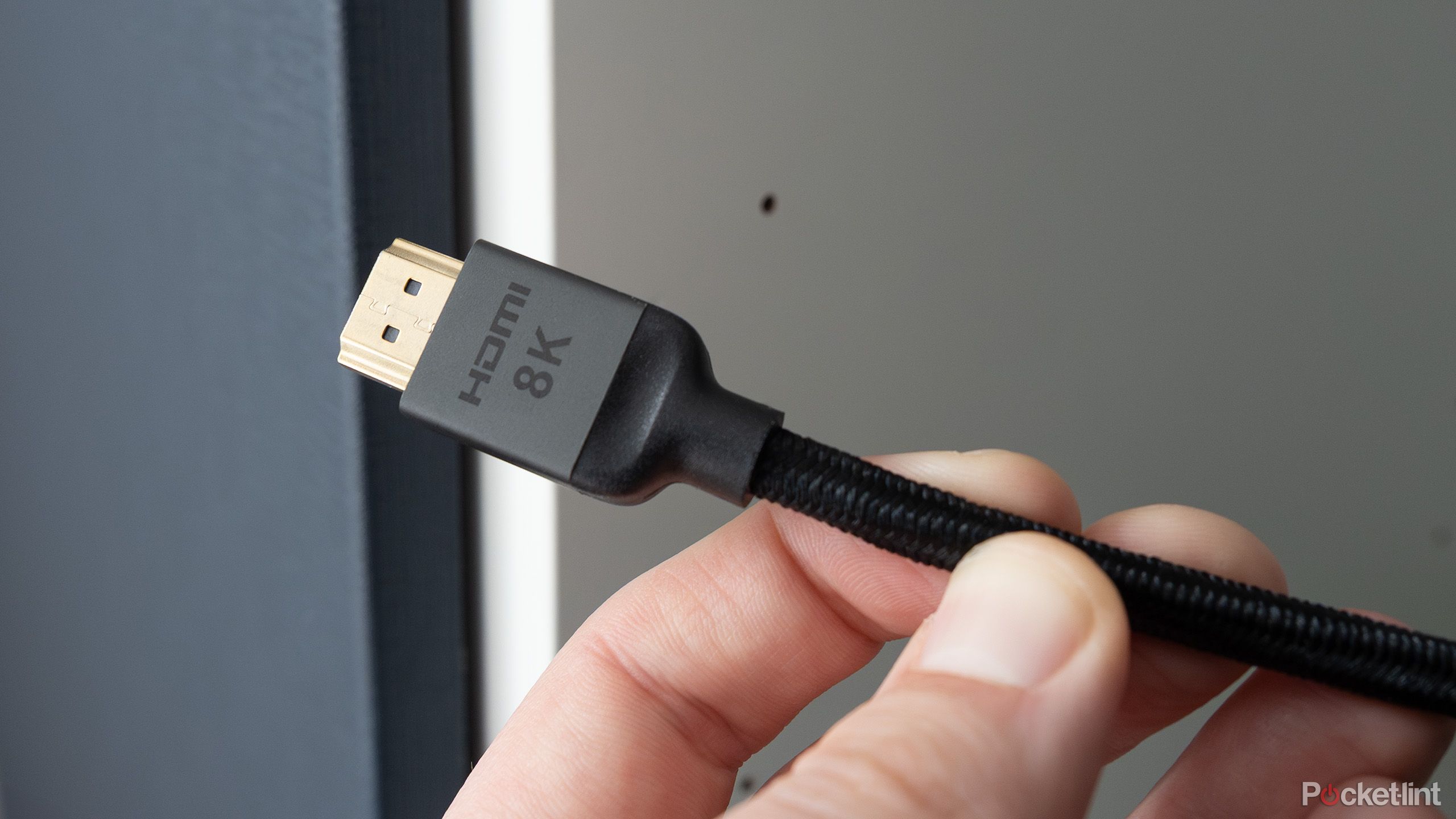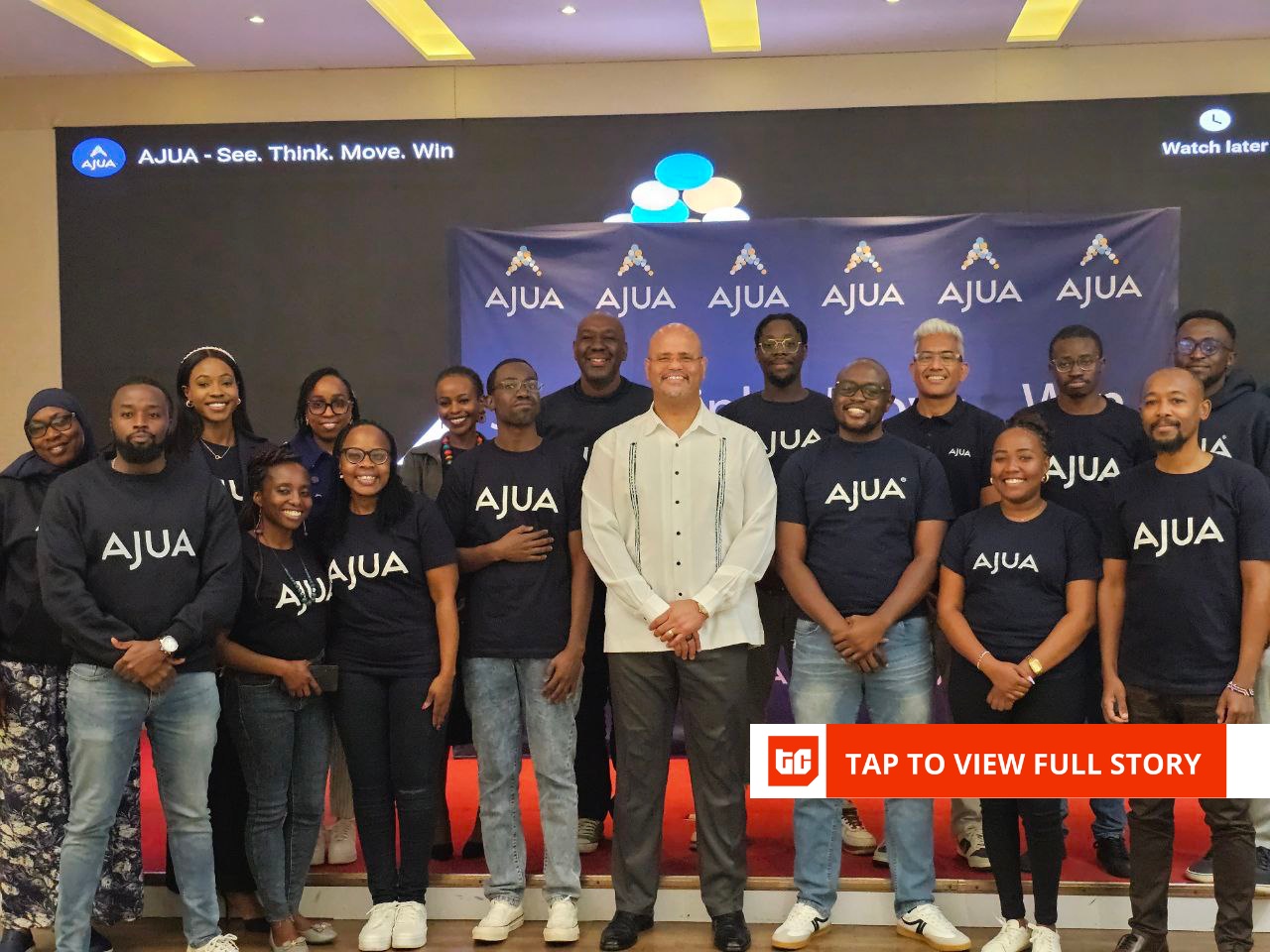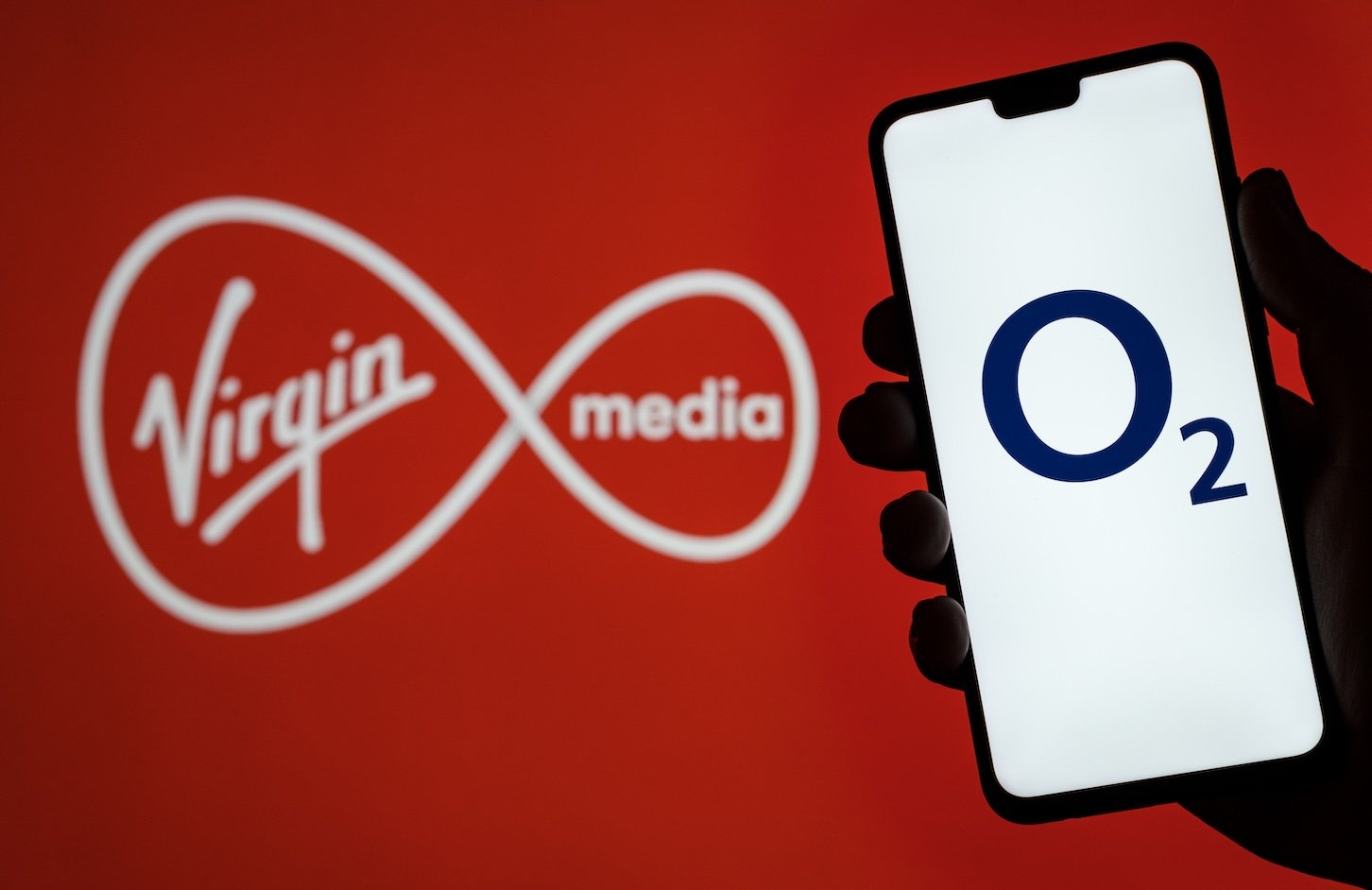Summary
- GPU manufacturers are moving towards DisplayPort over HDMI in new graphics cards.
- HDMI 2.2 could potentially overshadow DisplayPort due to its faster speeds.
- PC users are unlikely to see significant benefits from HDMI 2.2 unless pushing cutting-edge audio/visuals.
HDMI and DisplayPort are two of the major players when it comes to signal formats. For TVs, HDMI is your only option, but PC owners have some decisions to make. For years, I used HDMI, mainly because it was the standard and I had several extra cables lying around. It wasn’t until I got more into the weeds and started caring about higher resolutions and framerates that I discovered the world of DisplayPort.
It became abundantly clear that GPU manufacturers were trying to push me towards DisplayPort as well, because my 3070 Ti GPU has three DisplayPort ports with just a single HDMI 2.1 port. If I wanted to add additional monitors, I’d have to do it with a DisplayPort cable. As it turns out, that’s not a bad thing, and I don’t think I’ll be going back to HDMI. HDMI 2.2’s release could certainly change that, but I’m fine with DisplayPort for the time being.
DisplayPort quietly became the standard
HDMI was forced out
DisplayPort tends to have a reputation in the PC gaming community as being superior to HDMI, but there’s more to it than that. Using my 3070 Ti as an example again, it’s equipped with three DisplayPort 1.4 ports, so it offers less bandwidth than the single HDMI port included. Despite that, I’m not using the HDMI cable, but it’s not like I even had the option in the first place.
I’ve been using an HP X34 ultrawide monitor for a few years now, and that means I no longer use all the ports on my GPU. However, HP doesn’t give me even an illusion of choice, as the only port it has is a DisplayPort 1.4 slot. When it comes to owning a PC, it feels like it’s DisplayPort or nothing in a lot of cases. My GPU might have an HDMI 2.1 slot, but I can’t use it with if I want to get the most out of my build.
My monitor is capable of 1440p at 165 FPS in a 21:9 aspect ratio, so while it’s demanding, it’s not pushing the super-high refresh rates or resolution ceilings that other monitors demand. I typically lock the framerate to 120 FPS, so I even leave performance on the table when I play games. This makes DisplayPort 1.4 perfectly fine for this use, and while I have a few extra HDMI 2.1 cables lying around, I don’t have any reason to switch my cables or monitors because I don’t think I’d see any improvements with it, even if my monitor could take it. If my performance was suffering, then sure, I’d look into changing things, but I don’t feel the need to mess with anything right now.
It might not feel like it, but HDMI 2.1 was released back in 2017, and its performance is better than DisplayPort 1.4. On paper, you’d think that would mean people would move back to HDMI, but it hasn’t happened. My monitor was released years after HDMI 2.1, but it still stuck with DisplayPort, despite it being the inferior format. I’m not complaining because it still works just fine, but I think it’s interesting to look at how prevalent HDMI is for TVs, but it’s the opposite for monitors. In 2025, it’s difficult to get HDMI 2.1 running for a lot of PC owners.
HDMI 2.2 can turn the tides
The ebb and flow
HDMI Forum
Much like Intel dominating AMD CPUs until the release of the Ryzen line, DisplayPort’s time at the top may be coming to an end with the release of HDMI 2.2. This new format promises speeds of up to 96 Gbps, surpassing DisplayPort 2.1’s 80 Gbps, so those looking for the best performance have quite a bit to look forward to on the horizon.
From my standpoint, I still don’t see a reason to upgrade, especially since nothing I use right can take advantage of HDMI 2.2 speeds. As it slowly becomes the standard and 2.1 ports get upgraded to 2.2, I’ll give it another look. I have asked myself what these speeds are for, because I have a tough time justifying it. I have a home theater setup in my living room complete with a Dolby Atmos, so I benefit from the extra bandwidth HDMI 2.1 provides with audio there. HDMI 2.2 will push those boundaries even further, so that’s good news for audiophiles.
For PC users, the gains aren’t as clear. I don’t need cutting-edge audio or visuals from my PC. I play World of Warcraft with far from maxed out graphics, despite me having a Ryzen 7800x3D and 3070 Ti. These performance gains are largely lost on me, and I understand that it’s an odd stance to have, but that’s why I don’t value these changes in format as much. Aside from G-Sync needing my DisplayPort cable, I’m not sure if I would’ve even upgraded to HDMI 2.1 on my PC.
I like new technology as much as the next person, but it’s tiring to see something new and shiny come around only for manufacturers to take forever to make it feel like an upgrade was even worth it. The PS5 console generation had a lot of its marketing push mentioning 4K 120 FPS gaming, and it made me go out and pick up a Sony Bravia X90J so I could get in on the action. As it turns out, only a select few games can push those boundaries, and hardly anything is even native 4K 60 FPS.
These slow changes have led me to stick with formats like DisplayPort 1.4 longer than I expected. DisplayPort 2.1 came out in 2022, but the RTX 4000 series cards didn’t ship with it. Although the format was ready to go, it wasn’t until 2025 that a new generation of Nvidia graphics cards adopted it. The nice thing is that all HDMI and DisplayPort cables are backwards compatible, so you can make an upgrade even if your hardware doesn’t take advantage of it yet. I’m not running out to buy an HDMI 2.2 cable just yet, but you can do that so you can be prepared for when GPUs start utilizing it — hopefully it doesn’t take until 2028.












